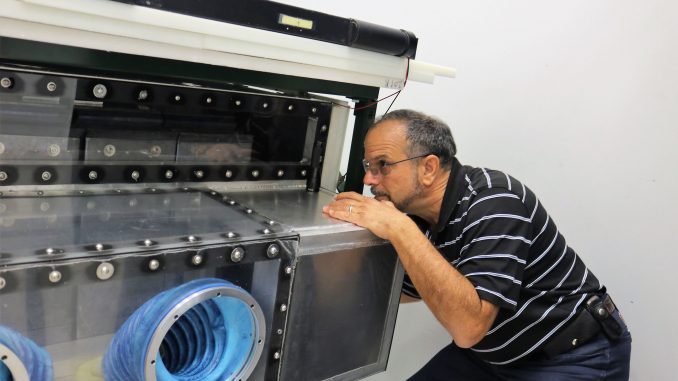
Jeff Martoff, a physics professor, received a $1.2 million grant in September from the W.M. Keck Foundation to study dark matter.
Martoff is trying to answer these questions by uncovering and defining what dark matter is — the mysterious phenomena that make up about a quarter of the universe.
“We can tell [dark matter] is out there, because it exerts gravitational forces on other material objects and also on light,” Martoff said. “There’s a bunch of gravity out there that we haven’t gotten any objects, any masses to match up with,” Martoff said.
He is the first Temple researcher to receive the prestigious engineering and science award.
The $1.2 million grant is given to Temple and the collaborating institutions UCLA and the University of Houston. They will each create facilities “for precision measurement of radioactive decays,” Martoff said.
The facilities will be built in a “modular” way, Martoff added. A subsystem searching to identify dark matter will be built at each collaborating institution and then each subsystem will be bolted together in early 2019 at UCLA.
According to NASA, the universe is massive and constantly expanding. There is one caveat: only 5 percent of the universe is visible matter. The rest of the universe is composed of dark matter and dark energy, which are both invisible. This makes it difficult for scientists to identify dark matter’s makeup.
Martoff and his colleagues from collaborating institutions are going to use the facility to perform scientific investigations to try and identify dark matter.
Weakly interacting massive particles — also known as WIMPs — are electromagnetically neutral subatomic particles that are thought to make up most of dark matter.
“We are going to mount an experiment to look for a particle called a sterile neutrino which would be a good alternative dark matter candidate to the WIMP,” Martoff added.
So if dark matter cannot be seen, how can scientists tell it exists?
It has a gravitational effect on the objects around it, Martoff said.
“Dark matter is a concept that was basically invented to explain some otherwise non-understandable features of the way objects of the cosmos move, things that ordered around the outside of galaxies and so forth,” Martoff said.
With the grant, Martoff and his collaborators hope to provide more insight on dark matter.


Be the first to comment